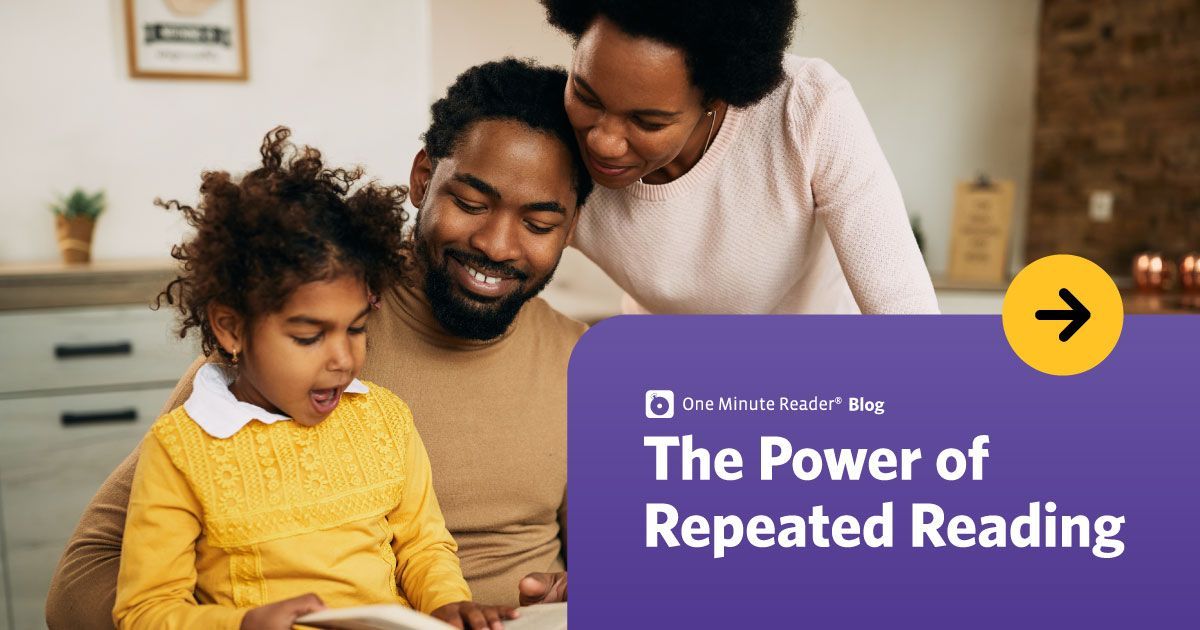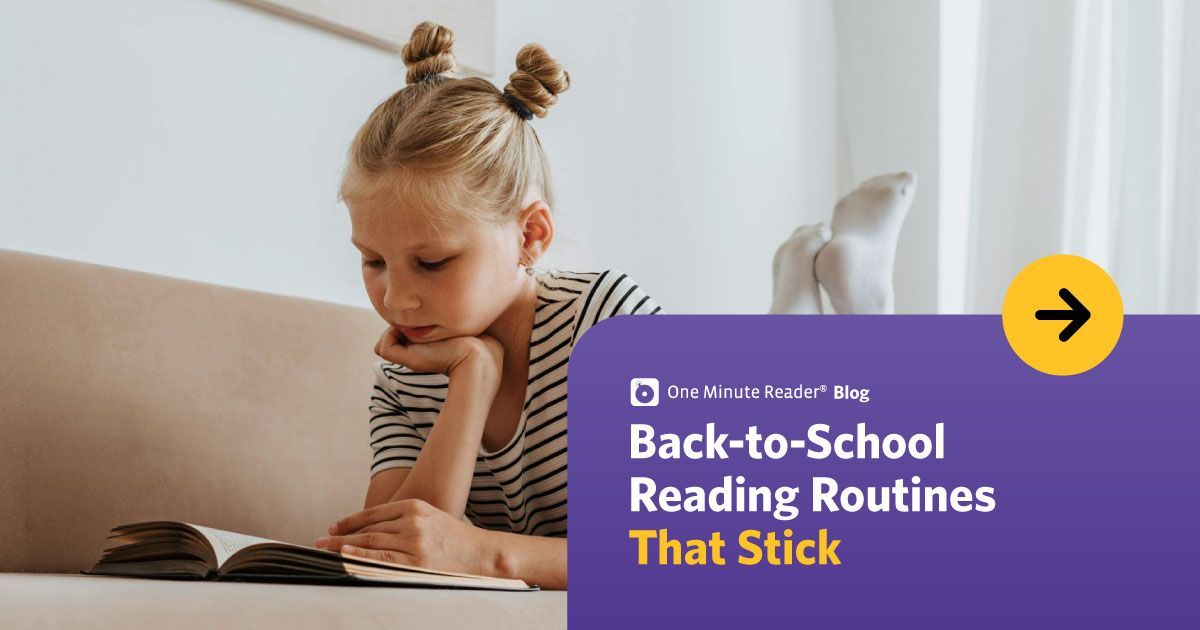Blog
13 Ways to Boost Literacy This Winter (Free Printables Included!)
Anne Hauth • November 26, 2024
Regardless of where kids are on their reading journey, there are countless ways to incorporate reading into cozy days at home this winter. Here are some easy ideas for kids to try at home over winter break and beyond!
- Have kids think of the trusted friends, family members, or adults in their lives who can read, and encourage them to read aloud with these people as often as possible. Depending on their reading ability, they can simply listen to a book read aloud, or they can take turns reading and being read to. Have the kids fill out this Read-Aloud Log every time someone reads to them or every time they read to someone. You could offer a small reward for completing this activity every day of winter break (or every day during a predetermined time period). Reading aloud to their pets, stuffed animals, or even to themselves counts too!
- Set up reading challenges in which kids set goals and record their minutes spent reading or the number of books they read.
- Have kids color and decorate these winter-themed bookmarks to make reading even more fun.
- Encourage kids to borrow books from the library and have a big pile to choose from on cozy winter days. See this Cozy Wintertime Book List for book ideas.
- Refer to our 7 Ways to Create a Cozy Reading Environment document to create an ideal reading space.
- Lend or gift kids the first book in a series that’s likely to hook them. Sometimes all it takes is the right series to turn a reluctant reader into a bookworm!
- Incorporate reading time into other fun activities. For example, while making dinner or baking holiday treats, kids can read the recipes and write out the grocery lists.
- Create a snowflake book wall. Print out this Snowflake Wall Template, and have kids fill out a snowflake each time they finish a book. Then, have them tape the snowflake to the wall.
- Encourage kids to find ways to read while playing favorite games or while spending time on electronic devices. While playing games, have them read the game instructions aloud. While watching shows, have them turn on and read the subtitles.
- Have kids practice reading and writing while completing this fun Winter Scavenger Hunt. They’ll get some fresh air too!
- Refer to this Send Some Cheer printable for addresses to places where kids can send letters. Have them practice their writing skills and spread kindness by writing to kids in hospitals, senior citizens, refugee children, and more.
- Set up daily One Minute Reader time, and see literacy progress in just minutes! This research-proven, parent-trusted program is free for 7 days and just $8/month after that. Your kids will have so much fun beating their goals, they won't want to stop.
- Download the Splat-o-Nym vocabulary iPad app, which keeps kids entertained while boosting their vocabulary. Kids can try a free version of this game and purchase to get the full experience. Note that this app is only available for iPads, not smartphones or other devices.
Add your own ideas to this list! Our hope is for all kids to experience the joy of reading this winter season and always.
Highlighted Posts
Ready to see an improvement in your child's reading?
Sign up today and get seven days for FREE.
One Minute Reader is just $8 per month after your free trial.


